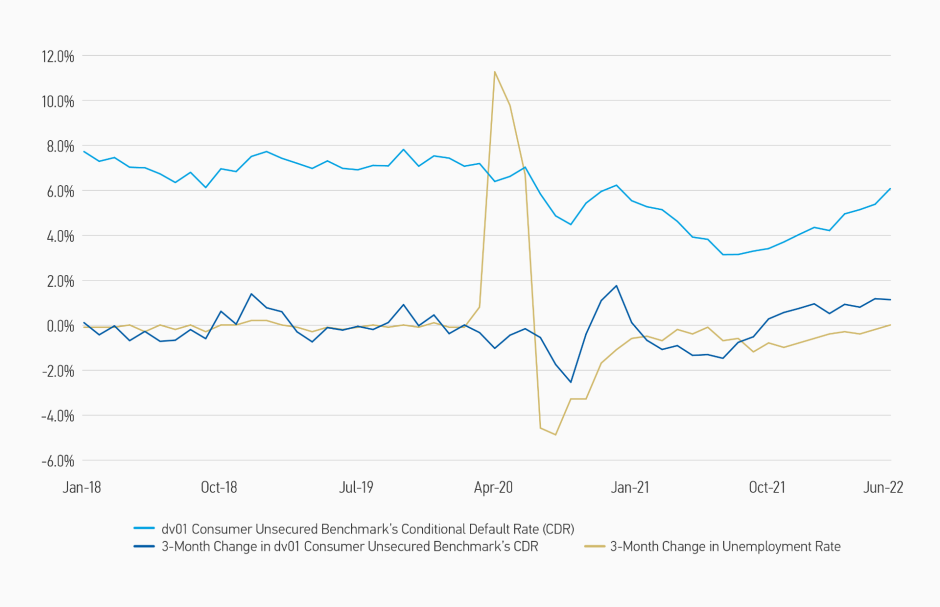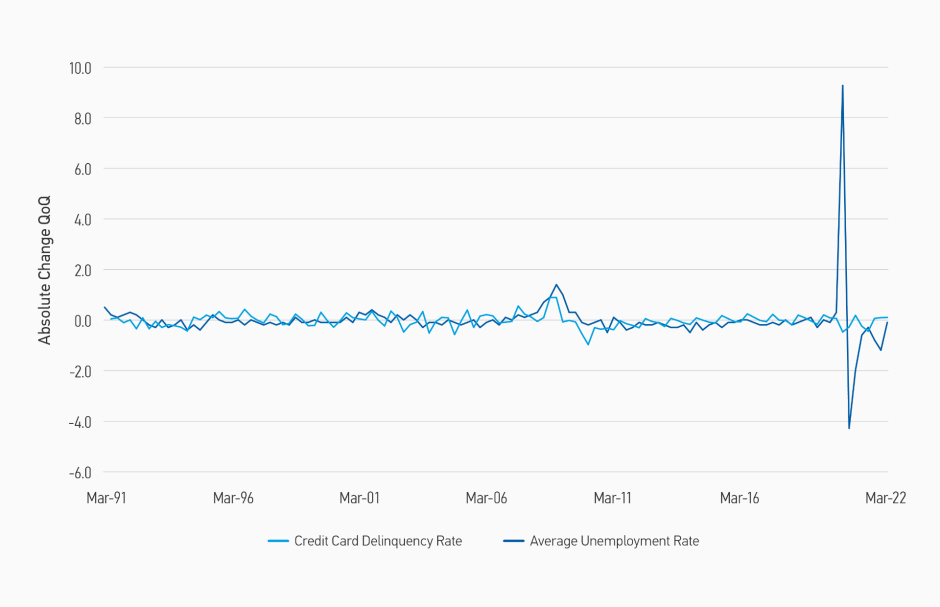
Morgan Stanley IM: Alternative Lending Through the Cycle
As fintech alternative lending grew into a new asset class, investors wondered how these loans might perform in an economic downturn. We've now seen their fundamental resilience.
17.10.2022 | 08:05 Uhr
Here you can find the complete article
Each recession is different, but we now have instructive data. The asset class was not immune to the havoc wreaked during the acute initial phase of the pandemic, but unsecured consumer alternative loans originated before the onset of COVID-induced shutdowns broadly exhibited fundamental resilience. Furthermore, impaired loans rebounded rapidly as economic conditions stabilized. For consumer loans originated after COVID’s onset, the marketplace model that alternative lenders use for matching consumer borrowers with loan investors drove rapid recalibration in underwriting standards, reflecting changed economic realities. Tighter credit conditions and higher interest rates on new loans compensated investors for both heightened risk and heightened risk aversion.
We believe three metrics are of critical importance as investors evaluate fintech alternative lending’s performance through the pandemic: how much the loan impairment rate increased relative to the sharp change in the U.S. unemployment rate, how long the loan impairment rate remained elevated, and what percentage of impaired loans ultimately resulted in charge-offs—defaulted loans removed from the books or marked down to low expected recovery values. On these metrics, alternative lending availed itself admirably. Display 1 illustrates the resilient performance of consumer unsecured loans in the face of a spike in unemployment.
DISPLAY 1 Consumer Unsecured Loan Default Rate vs. Unemployment (2018-2022)

Source: Consumer Unsecured Benchmark CDR: dv01, as of June 30, 2022
Quarterly Unemployment Rate: https://fred.stlouisfed.org/series/UNRATE#0, as of June 30, 2022
Conditional Default Rate (CDR) represents the amount charged-off in a given month divided by the start-of-month balance and then annualized.
How Do Changes in the Unemployment Rate Affect Changes in the Consumer Loan Charge-Off Rate?
When evaluating the expected performance of consumer alternative loans through a downturn, we use an intellectual framework that models the expected change in the consumer alternative loan charge-off rate as a lagged function of the unemployment rate change. This framework is informed by historical credit card data that tracks consumer charge-off trends over extended periods of time, including multiple prior recessions. Of course, behavior of the American consumer through prior recessions was no guarantee of how consumers would behave post-COVID— particularly given that the pandemic lacked recent historical precedent. Furthermore, while credit card lending is also a form of unsecured consumer lending, we recognize that it provides an imperfect proxy for consumer alternative lending. Credit card loans might sit higher in borrowers’ payment priority hierarchies than do loans facilitated by alternative lenders. Conversely, alternative loans generally repay via automated pulls directly from borrowers’ bank accounts, and they typically amortize rather than revolve like credit card loans.
Display 2 shows that, pre-COVID, changes in consumer credit card delinquencies broadly tracked changes in the unemployment rate—both up and down. For example, both spiked during the Global Financial Crisis (GFC) but normalized soon thereafter. However, the trend was much less clear through the COVID period, with changes in delinquencies remaining much more stable than would have been expected given rapid changes in the unemployment rate.
Similarly, while the explanatory power is limited, regression of pre-COVID historical credit card data demonstrated roughly a 1:1 relationship between unemployment rate change and credit card charge-off rate change on a three-month lag. The regression suggested that any expected increase in charge-off rate following a rise in the unemployment rate typically would only apply to the period immediately following the unemployment rate increase. Afterwards, the charge-off rate would be expected to stabilize. Likewise, the charge-off rate would be expected to fall following an unemployment rate decline, which is typical after a recession. With this framework, it is important to remember that changes in the charge-off rate are annualized, so the duration of unemployment rate increase is critical when thinking about the prospects for alternative loans underwritten in advance of a downturn.
For reasons we will discuss in the following section, changes in delinquencies and charge-offs proved less correlated with changes in unemployment through the COVID period. As illustrated by Displays 1 and 2, consumers showed strong resilience despite the dramatic swings in unemployment as the pandemic unfolded.
DISPLAY 2
Changes in Credit Card Delinquency Rate Have Historically Mirrored
Changes in Unemployment Rate (1991-2022)

Source: Based on quarter-over-quarter absolute change in credit card delinquency rate from 03/31/1991 - 03/31/2022 per Federal Reserve data (https://fred.stlouisfed.org/series/DRCCLACBS), as well as quarter-over-quarter absolute change in average quarterly unemployment rate derived from each end of month datapoint calculated using a simple average for the three months included in each calendar quarter from 03/31/1991 - 03/01/2022 per Federal Reserve data (https://fred.stlouisfed.org/series/ UNRATE). Derived from analysis by Upstart Network, Inc.




Diesen Beitrag teilen: